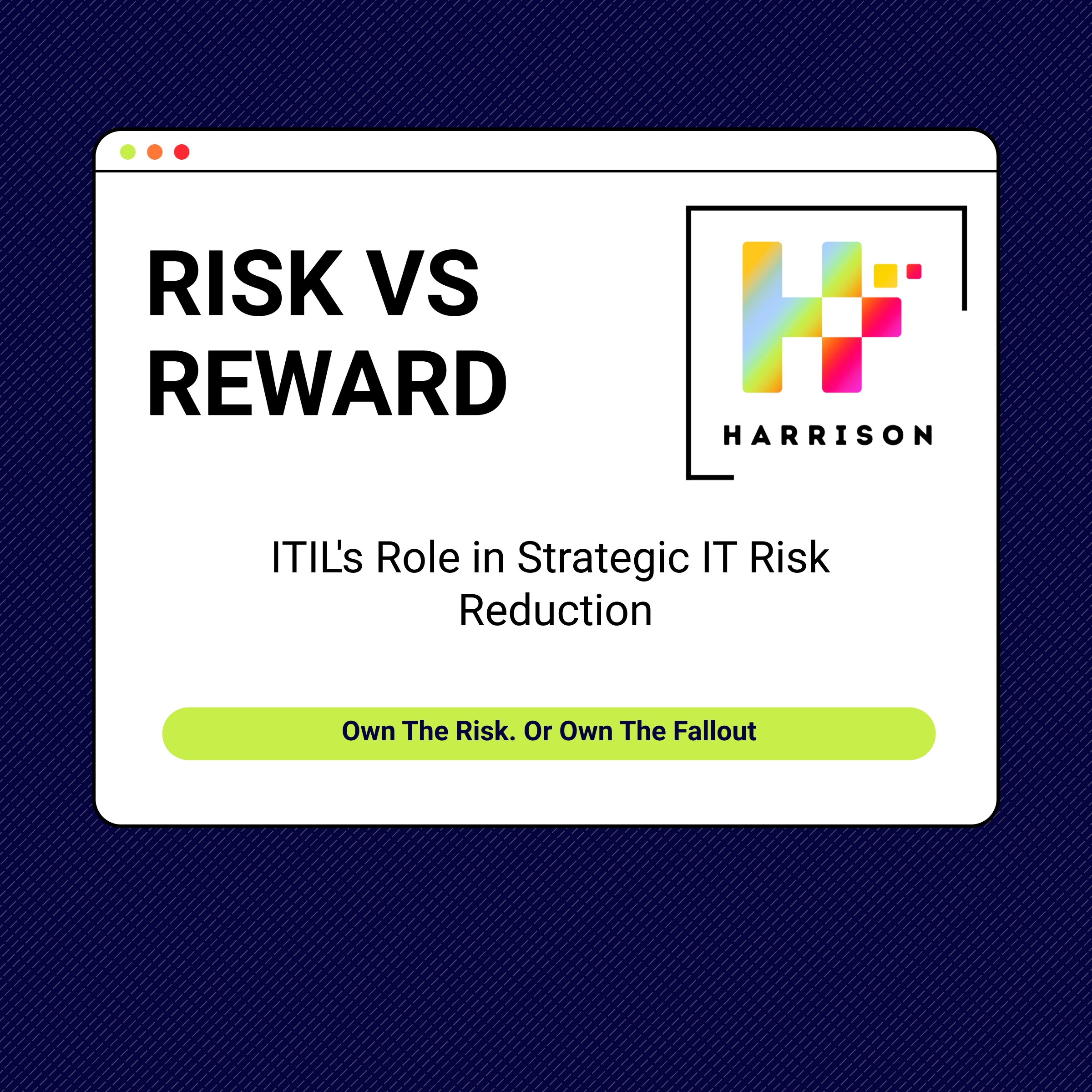The 7 Guiding Principles of ITIL v4 – Our Advice to Help You Get Going!
The ITIL v4 Guiding Principles
ITIL 4 was published in February 2019. This updated version of ITIL has a new approach and lots of updated guidance.
ITIL first introduced the idea of guiding principles in ITIL Practitioner, which was published in 2016.
These ITIL guiding principles have been updated and expanded for ITIL 4, and they’re now a core part of the ITIL approach, rather than an addition just studied by a few people who get as far as the practitioner modules….
If you decide to attend an ITIL 4 Foundation course, then you’ll learn how they can:
- Provide guidance in all aspects of ITSM work
- Encourage good decision making
- Promote continual improvement at all levels.
How to Use The ITIL v4 Guiding Principles
Each of these guiding principles offers great advice, but you get the most value when you combine them. It would be silly to focus on value today, and then optimise and automate tomorrow. Instead, refer to all the guiding principles and think about how they can help you, every time you have to make a decision, or plan an improvement. For example, if you’re going to design a new process for Change Management then:
The updated ITIL guiding principles are:
1️. Start Where You Are
Don’t start from scratch and build something new without considering what you already have. It’s almost always better to improve what you currently have than to throw it all away and start again, although you must also be able to recognise when a complete replacement is, in fact, needed.
Not only is this approach less wasteful than starting from scratch – because it preserves value that you already have – but it also helps you to keep your people on board. They’re much more likely to support the changes you need if their previous contributions have been appropriately valued.
Don’t rely on metrics and reports to tell you what the current situation is. When you carry out an assessment you should observe what is happening for yourself, and just use the metrics to support your observations.
2️. Focus on Value
Everything the organisation does should create value for stakeholders. We mostly think about value for customers and users, but other stakeholders must also be considered, including regulators, society, shareholders, employees etc. After all, a service that creates value for customers while losing money for the service provider and causing employee frustration is not going to be very successful.
Value is not just financial. This guiding principle also encourages you to think about customer experience (CX) and user experience (UX). Of course, you can only do this if you first spend a bit of time thinking about who is using your service, and how it creates value for them.
3️. Progress Iteratively With Feedback
Don’t try to do everything at once. Multi-year improvement projects that involve large investment and only deliver value after a very long time rarely deliver the value that was anticipated.
It’s much better to organise work into small, manageable sections that can be executed and completed quickly.
Seek feedback before, during, and after each iteration and use it to help ensure that your actions are focused and appropriate and remain so, even if circumstances change.
4️. Collaborate and Promote Visibility
People who work in silos can get very good at specific tasks. But when circumstances change, and those people must adapt to the changes, they’re at a disadvantage.
But when you collaborate as a matter of everyday practice, everyone benefits. You create more value for yourself, more value for the people you collaborate with, and more value for your mutual customers and partners.
People working together effectively can create much greater value than people working in separate silos.
Of course, for collaboration to be effective, you need to be transparent about what’s happening. If everyone knows what’s happening, and how well it’s going, and you share relevant information, then it’s going to be much easier for everyone to collaborate.
Collaboration isn’t just for teams within the service provider, you also need to collaborate with customers, users, suppliers, and anyone else who is involved in your services.
5️. Think and Work Holistically
It may be easier to think about your bit of the work in isolation, but this results in poor practice. There’s little point in one part of your organisation working faster or more efficiently if this puts a strain on some other part of the organisation.
You need to think about how the work you do contributes to the overall creation of value. This way you can make decisions that benefit everyone.
No service, practice, process, department, or supplier stands alone. They all interact in complex ways to create value. You need to think about the whole thing whenever you’re making a decision or planning an improvement.
6️. Keep it Simple and Practical
Focus on the simple things that create value, rather than on following complex processes just because they have been in use for a long time. Ask why complex steps exist and unless there is a solid, current reason, stop doing them. Use the minimum number of steps that you need and don’t do anything that isn’t creating value for one of your stakeholders.
One implication of this principle is that your processes need to cover the basics and shouldn’t be designed to cover every possible situation. Train people to recognise when they need to do something different, and then trust them to do it. If everyone in an organisation has a good grasp of the ITIL guiding principles, then they should make the right decisions in most situations.
7️. Optimise and Automate
You need to use all of your resources as effectively and efficiently as you can. This means that you should automate wherever you can, and use people only for tasks that can’t be automated.
It also means that you need to think carefully about what you can automate and about the circumstances where only a person will do; and about simplifying those processes you do decide to automate to eliminate wasteful or inefficient steps.
You should always optimise the work BEFORE you automate it, as automating something that is inefficient or ineffective may just result in you doing the wrong thing faster!
Conclusion
The guiding principles are one of the most useful and practical parts of ITIL v4, they aren’t just theory for people to learn and repeat back in an exam but then forget them…
If you share these principles with all your people, and manifest them when you’re making decisions, then you’re going to do a much better job of creating value for your customers, your users, and your own organisation.
If you would like to talk to us more about your planned ITIL v4 project , please get in touch!
Email info@harrisonjamesit.com or visit harrisonjamesit.com/contact to contact us.
Follow us
Latest articles
July 19, 2025
July 19, 2025








